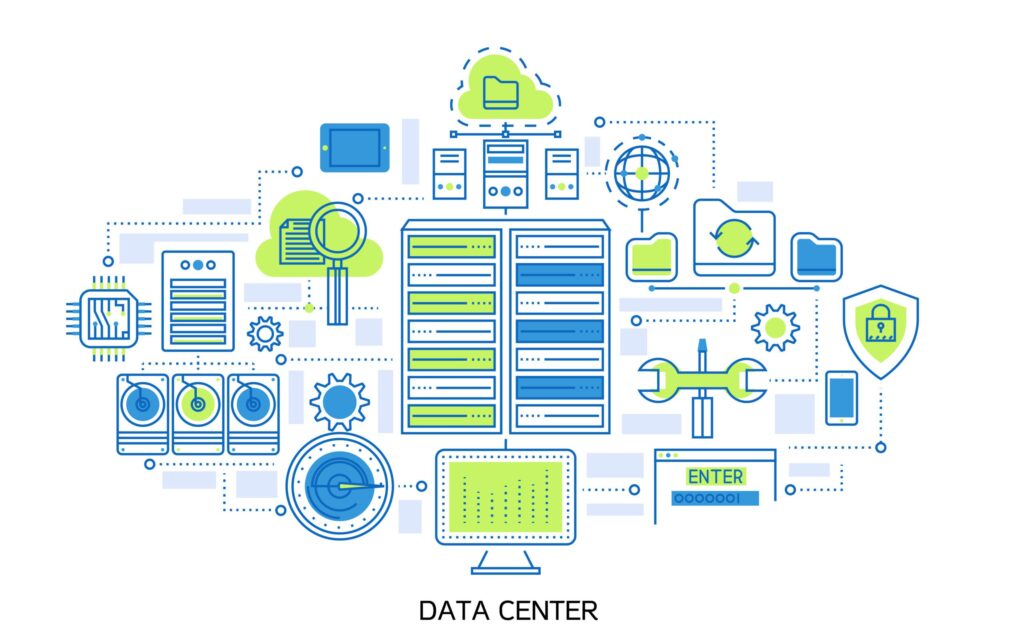Recent reviews and market observations reveal that many companies face inventory management issues that quietly undermine cash flow, stunt top-line revenue, and erode bottom-line profitability.
At The Poirier Group, our experience with mid-market firms across industries such as retail, consumer goods, food & beverage, and healthcare has shown us that the disconnect between inventory data systems, misalignment between supply and demand, and the accumulation of obsolete stock are challenges that demand immediate attention. In this article, we outline these three core challenges and offer insights into how industry leaders can address them for lasting financial and operational impact.
When inventory management challenges are not effectively addressed, your company risks long-term cash flow constraints, lost sales, and declining profitability. Are your disconnected data systems leaving your decision-makers relying on outdated information? Is this resulting in overbuying or costly stockouts? Misalignment between supply and demand causes either excess inventory or unfulfilled orders, while unmanaged obsolete inventory ties up valuable capital that could be better deployed elsewhere. By confronting these issues head on, you can protect margins, strengthen financial performance, and enable agile decision-making across the board.

Do your separate warehouse locations and sales channels operate in silos, hindering acomplete view of available inventory? Or are your data sources integrated to provide real-time updates on current inventory status and cost across all locations?
Disconnected data systems continue to remain a significant challenge for many companies. If your inventory data is scattered across different platforms or departments, it can be an uphill battle to develop accurate, real-time dashboards. This current lack of visibility can lead to two critical issues: inefficient capitalization on inventory and expensive errors. When misguided purchasing decisions result in over investment inproducts that are not aligned with current demand or, conversely, stockouts that interrupt sales flows, it will have adverse effects on key financial metrics such as:
We have observed that companies investing in integrated inventory management systems benefit from having centralized and automated data processes. These features enable real-time monitoring of inventory quantities and costs across multiple locations, ensuring that your leaders have the right information necessary to make proactive decisions. Enhanced visibility through automated dashboards not only reduces wasteful expenditures but also improves the precision of inventory reordering—freeing cash flow for expenditures but also improves the precision of inventory reordering—freeing cash flow for other strategic investments and preserving profitability.

Do your procurement and sales teams communicate effectively to adapt to changing market demand? Are purchasing decisions driven by real-time demand data, rather thansolely by historical trends? Do you have enough inventory in the right mix to meet your upcoming sales demand? A recurring pitfall for consumer goods companies is the gap between supply chainstrategies and actual market demand. When procurement and sales teams are notaligned, your business risks more than just overstocking or understocking—it often endsup purchasing the wrong SKUs or product variations. This leads to lost sales due to aninability to fulfill demand while obsolete inventory ties up capital and warehouse spacebecause it can’t be sold. Without seamless communication and a unified data approach,these misalignments will continue to lead directly to lost sales and increased operationalcosts. The impact of such a gap may impact financial metrics in the following ways:
When you link procurement closely with inventory management you can see a significant reduction in supply-demand discrepancies. Utilizing advanced forecasting tools that harness real-time sales data, historical trends, and predictive analytics can ensure that purchasing decisions are timely and aligned with imminent demand. This harmonized approach minimizes excess inventory while ensuring that sales teams are equipped tomeet customer needs—protecting both revenue streams and cash reserves. Your operation might want to focus on building robust collaboration channels and integrated systems that tie procurement data to live inventory signals

How frequently do you review your inventory to identify items that are not selling? Do youhave strategies in place to liquidate or repurpose aging stock? What measures have you implemented to prevent the recurrence of excessive obsolete inventory? Obsolete inventory remains a common challenge that silently drains financial resourcesand restricts operational flexibility. When products accumulate merely because they no longer move, the capital locked in these items could be better used for more dynamic investments or new product opportunities. Unchecked, this excess not only increases warehousing costs but also necessitates steep discounting to clear out inventory later than it should have gone. Obsolete inventory may have the following effects on financial indicators for your business:
According to our assessments, the key to managing obsolete inventory lies in better cross-functional alignment—specifically, this means there is a need to improve collaboration between sales, finance, and inventory teams. By establishing a regular operating rhythm where your teams jointly review under performing or excess stock, your business can develop informed action plans for liquidation, repurposing, or strategic retention. Tools such as data-driven audits, FIFO/FEFO methods, and advanced inventory systems aremost effective in supporting this collaborative process, enabling timely decisions that protect cash flow and prevent recurring inventory challenges. When you clearly identify under performing stock early and map out strategies for its liquidation or repurposing, your business can reclaim cash flow and reallocate resources to areas that drive growth. Advanced inventory systems that offer real-time insights and customizable alerts will empower your decision-makers to act swiftly before obsolete inventory becomes a recurring issue
The challenges outlined above are not mere operational nuisances; they are central to core financial outcomes. Whether by safe guarding cash flow, maximizing sales potential, or preserving profit margins, the right inventory management strategies can serve as aformidable competitive advantage. It’s important that your team understands the domino effect of how poor inventory practices impact your overall business health and that this is fixable!
At The Poirier Group we blend years of practical supply chain operational experience with ahighly collaborative team approach, partnering with your team to create buy-in leading to sustainable solutions. Our expertise in streamlining processes and integrating cutting-edge technology has empowered many consumer goods companies to transform inventory management challenges into strategic opportunities. With a track record across most industries, from construction to healthcare, technology to retail, and supply chain to manufacturing, we offer a nuanced, hands-on strategic approach that boosts cash flow, maximizes revenue potential, and protects your bottom-line profitability. Share with us your current state and where you envision your future to be. We’ve got the reputation and experience to help you achieve your goals and to provide an exceptional consulting experience.